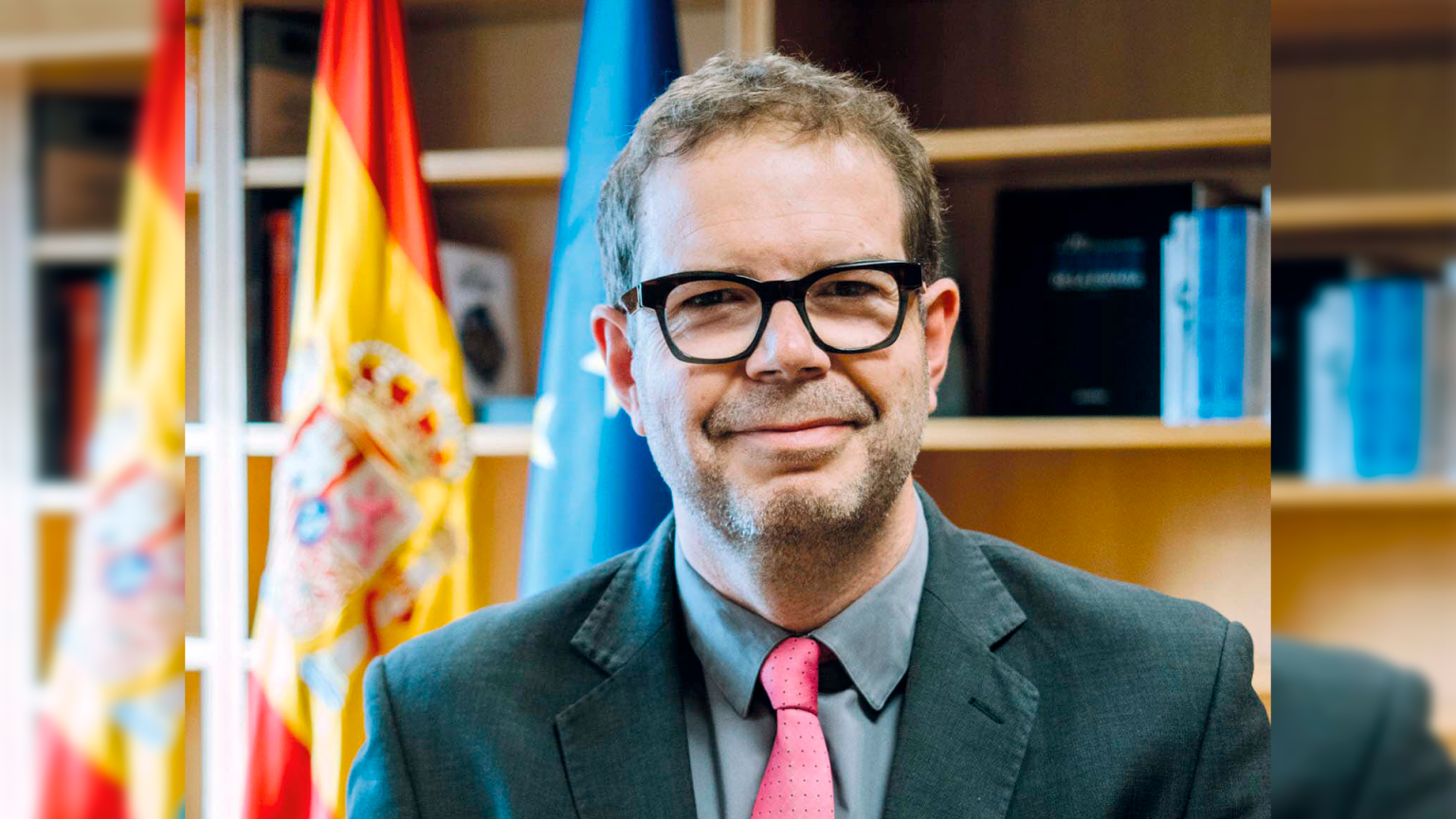When the first SPAINSAT NG communications satellite from HISDESAT was launched into space on the 28th atop a Falcon 9 rocket, it undoubtedly marked a significant milestone for the Spanish space sector.
This milestone represents the culmination of the intense technological and industrial effort initiated in 2018 with the development of this satellite by HISDESAT, its main contractors and the other companies participating in this programme.
With the SPAINSAT NG programme, Spain shows that it is a country that rightly belongs in the global space industry club.
But this event is not an isolated incident, but rather the result of the successful trajectory of this sector, which had its origins last century, in the 1960s. We must not forget that Spain put its first satellite, INTASAT-1, into orbit on 15 November 1974 and that we are founding members of the ESA.
With the SPAINSAT NG program, Spain shows that it is a country that is a member of the world’s space industry club in its own right”
Since then, through Spanish companies and organisations, the launch of more satellites has been promoted, including those operated by the companies Hispasat and Hisdesat, the Earth observation satellites PAZ, as well as other smaller satellites.
All this has required an exceptional development of the industry both in the so-called Upstream (satellites and ground segments) and in the Downstream (applications for users).
As an example of this successful evolution, I would highlight that the Spanish industry has been able to achieve a participation of more than 40% in the SPAINSAT NG programme, almost doubling what it had in the first generation -the SPAINSAT 1 satellite-, which was 21%.
The evolution of Spanish participation in programmes of the European Space Agency (ESA) and in the EU Space programme has also been very positive. But I would like to focus on the present that will shape the future of the sector in Spain, which I would place in the following areas: the PAZ 2 programme, the New Space including the developments of small launchers, the ESA and the EU Space programme with special mention of the new IRIS2 programme.
The PAZ 2 programme, which will begin in 2025, will represent a significant technological leap and an ambitious participation of the Spanish industry that will exceed 60%. This programme will be financed by the Ministry of Industry and Tourism, as was its predecessor PAZ and the SPAINSAT-NG satellites.
Spain, which as mentioned is the fourth European force in the Space sector, has not wanted to be left behind in the so-called New Space and has numerous companies that are already successfully developing their innovations in a growing market.
In December 2025, an ESA meeting will be held at ministerial level in Bremen, and commitments to the main programs in which the European industry will work in the coming years will be undertaken during this meeting, which will largely determine the missions in which our country will work in the coming years.
As for the EU Space programme, in addition to the evolutions of the Galileo –EGNOS and Copernicus programmes, a large-scale and relevant programme will be launched. This is the IRIS2 programme, to provide secure government communications, and in which HISPASAT, together with the companies SES and Eutelsat, constitute the consortium that was awarded the programme. With an estimated budget of €10 billion, our Space sector is in an optimal position to achieve significant participation.
I think that here we must also reference the Draghi report, which refers particularly to the space industry, placing it at the head of technology and as a contributor to the resilience and security of society, pointing out its shortcomings at European level. This makes it clear that today, more than ever, it is necessary to advance in a strategic autonomy given the current geopolitical situation.
At this point, the Industry and Strategic Autonomy Bill, which was presented to the Spanish Parliament last December, aims to modernise the legislation on industrial matters, which dates back to 1992, as well as to be a driving vector for the reindustrialisation of the country.
The new regulation will prioritise certain sectors and proposes an orderly reindustrialisation on the basis of the so-called industrial ecosystems formed by networks of companies and institutions in high value generation chains.
This bill has a lot to do with the industrial sector of Space. Concepts such as strategic industrial ecosystems, industrial projects of general interest, strategic autonomy and the promotion of digital transformation and sustainability have a direct relationship with this sector and are an example of what other sectors should learn.
The law also seeks to reduce dependence on foreign technologies and strengthen national capabilities in many areas, including Space. This will lead us to promote the development of our own technologies by strengthening R&D, promoting international collaboration and strengthening the ecosystem that constitutes this sector.
These measures together with the future Space Law, which will be coordinated by the Spanish Space Agency, will establish a very favourable regulatory framework for the Spanish Space sector to reach higher levels of development.





